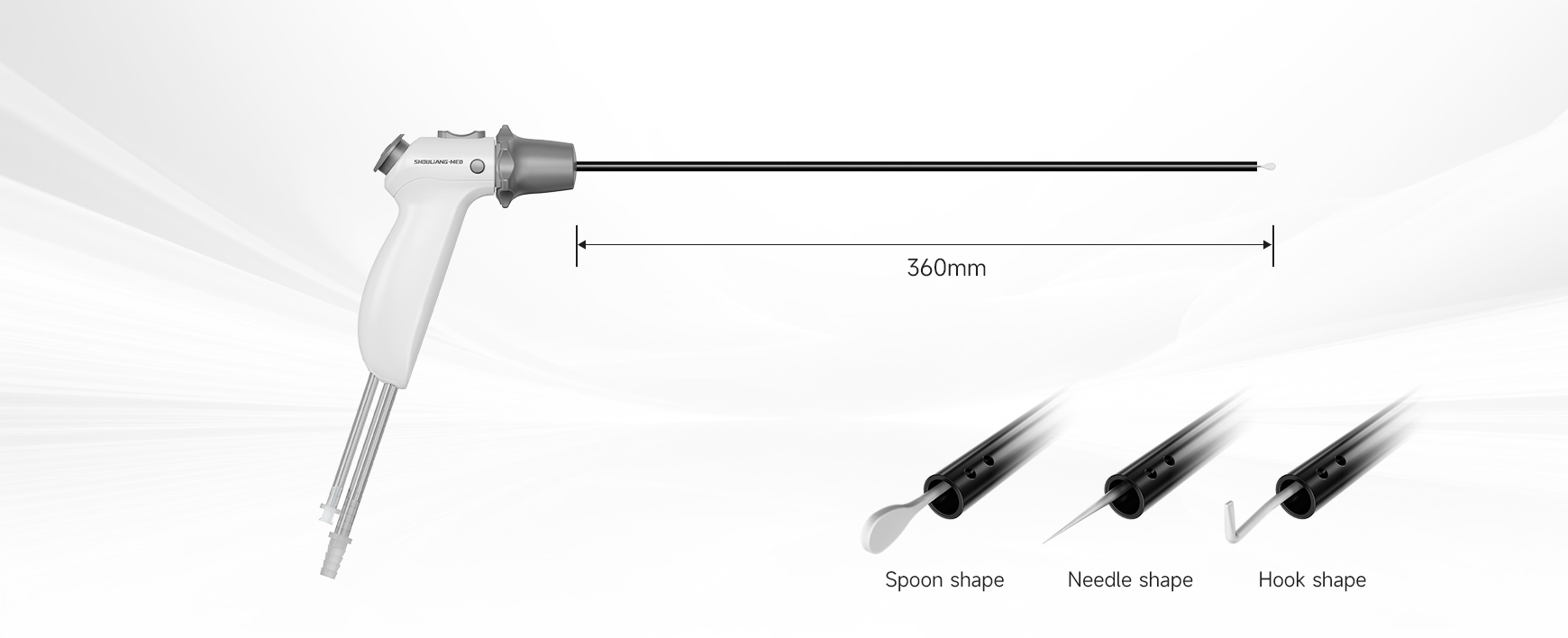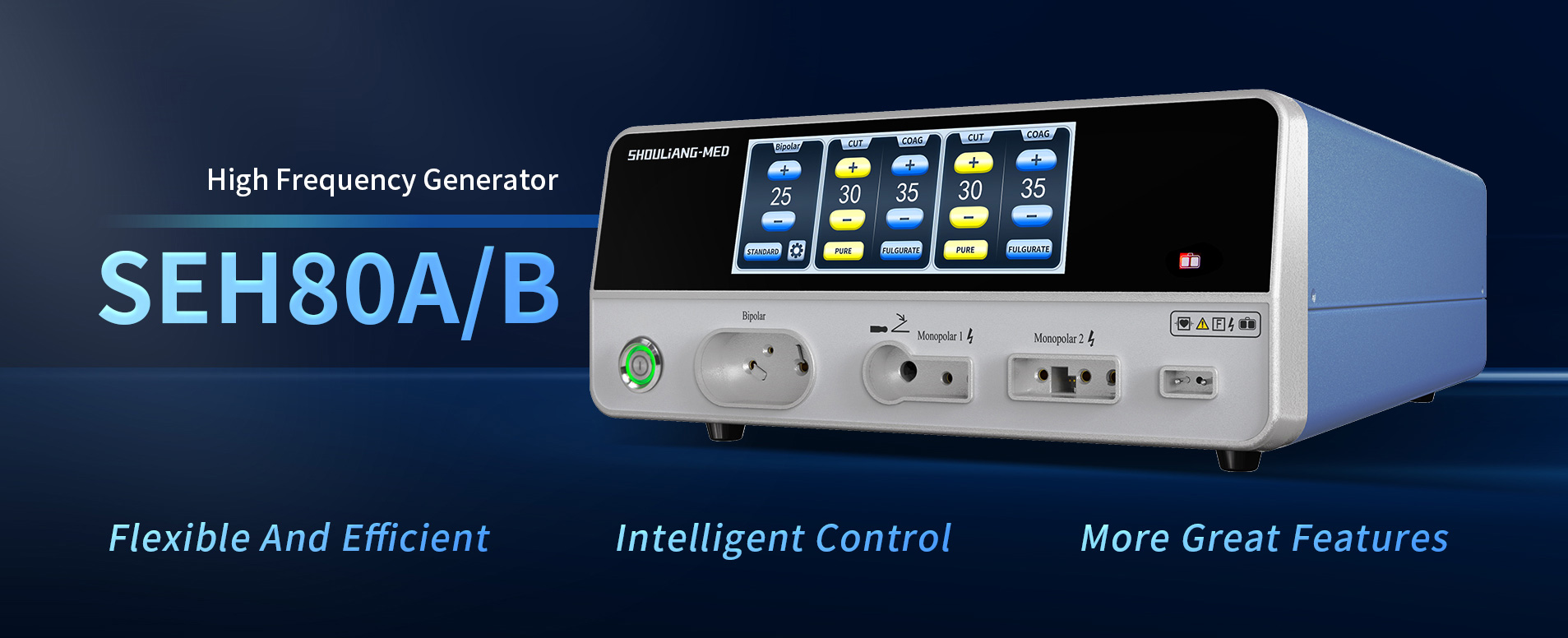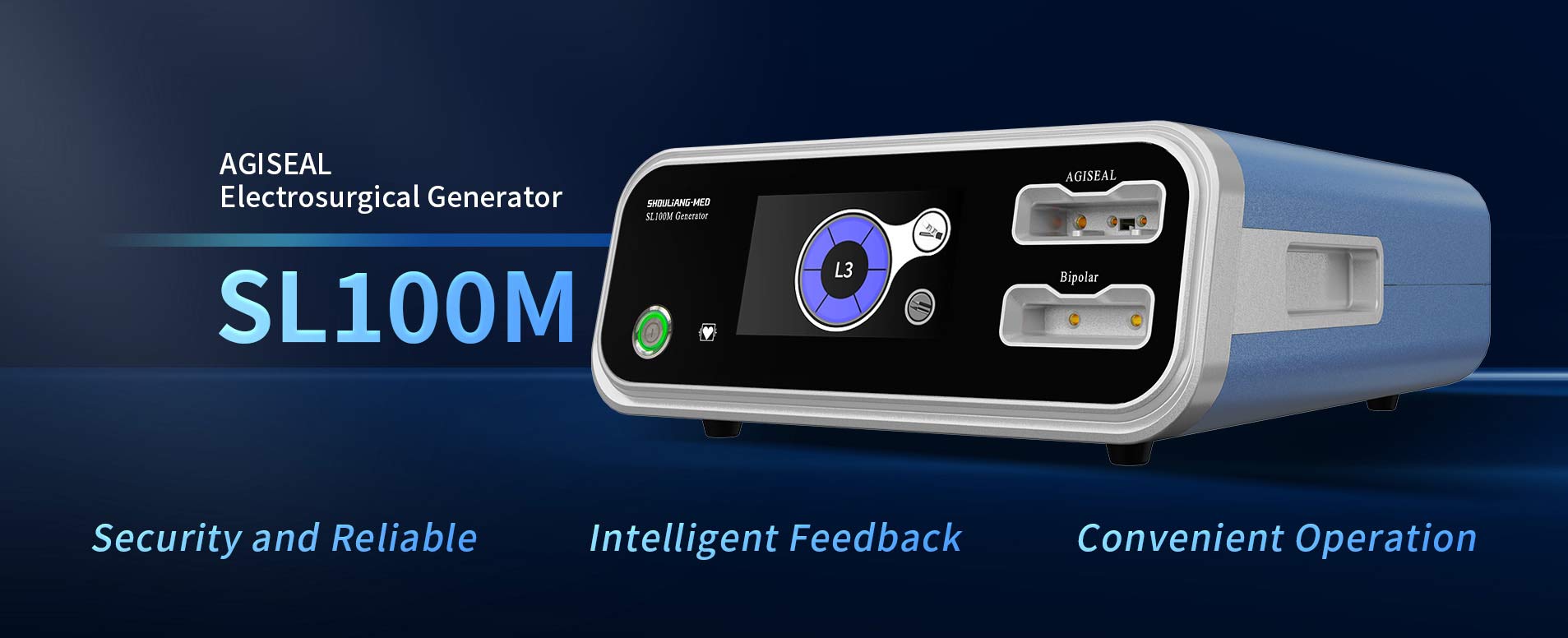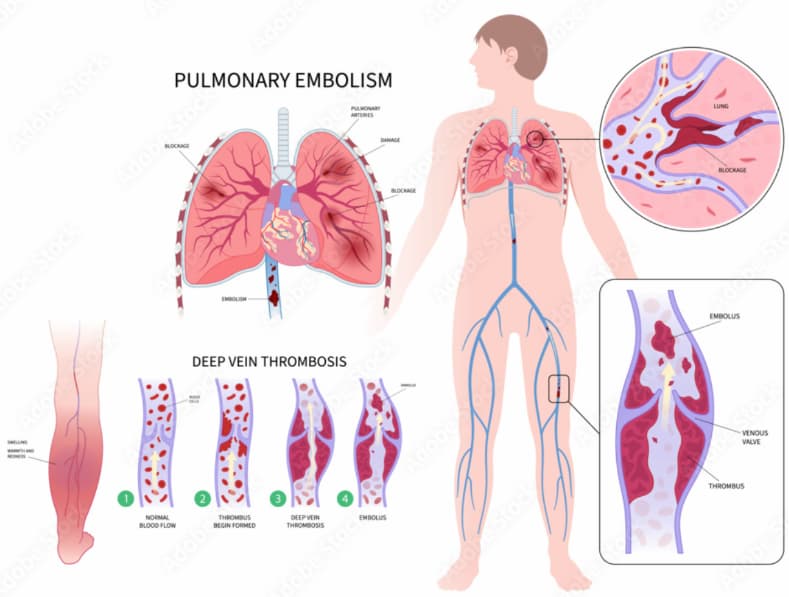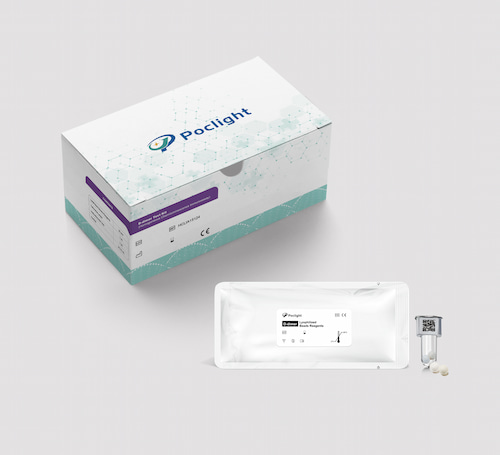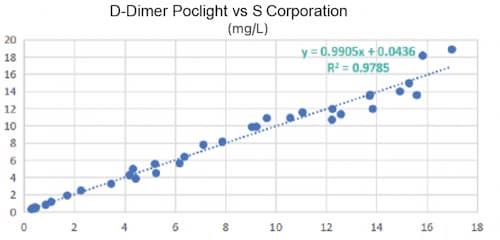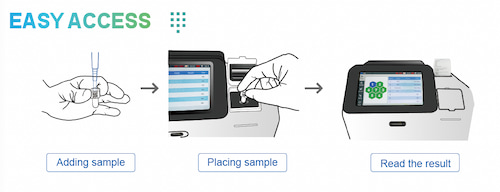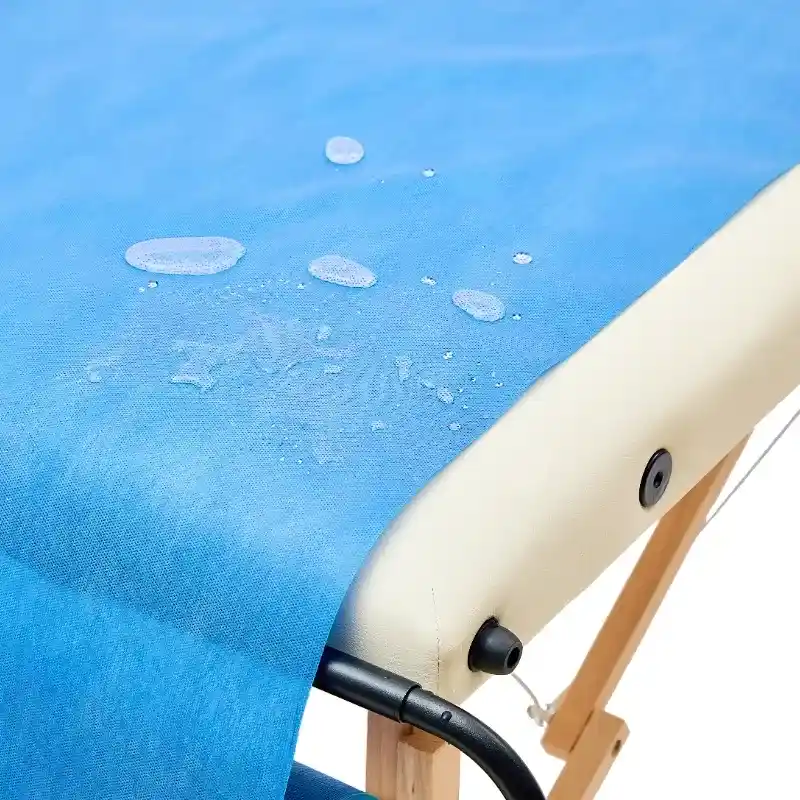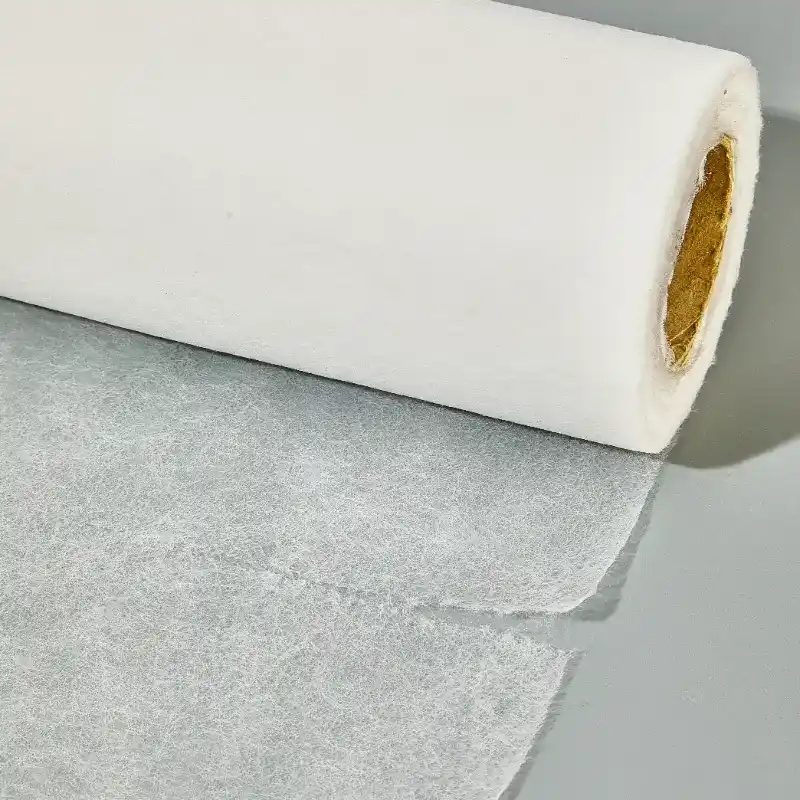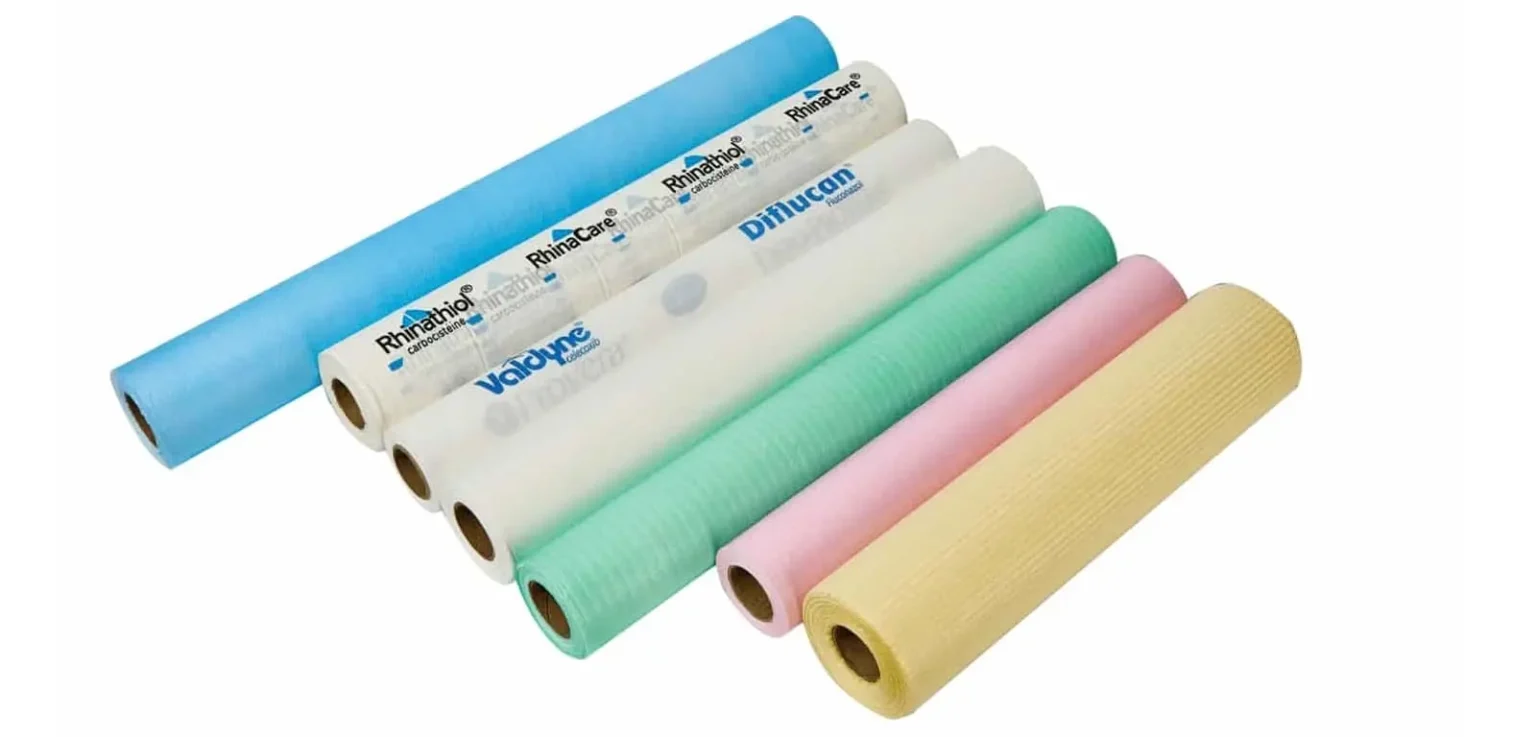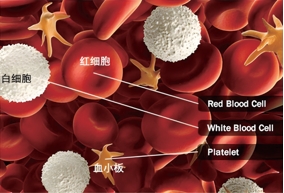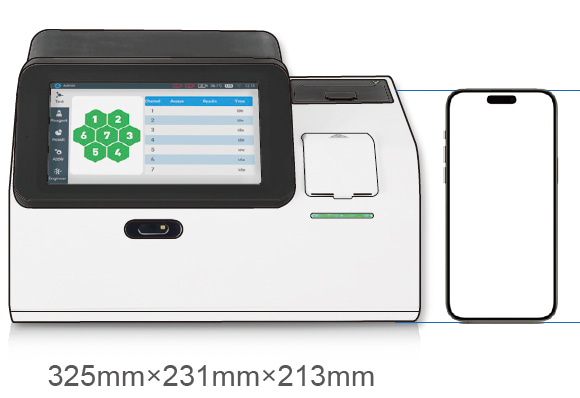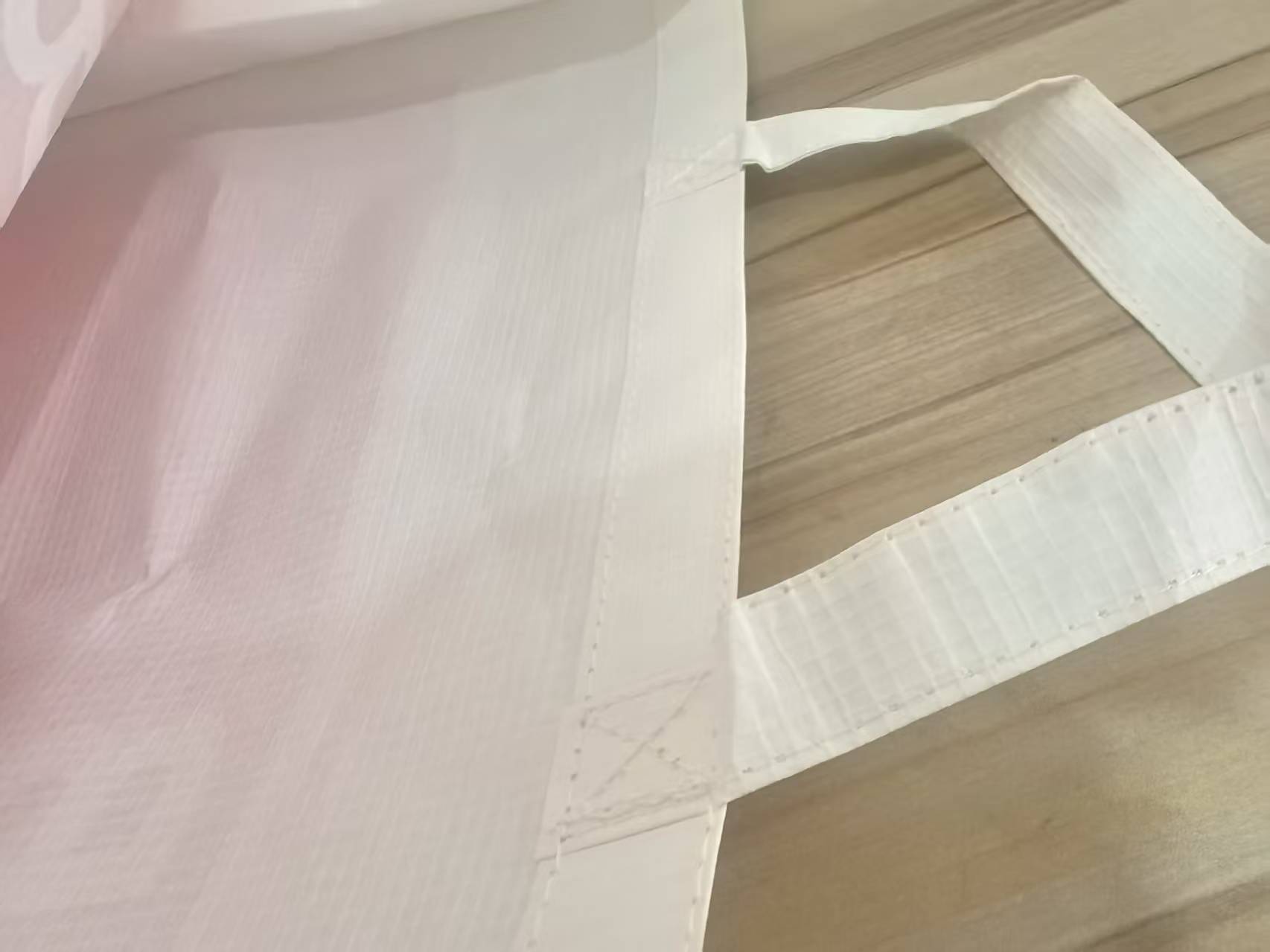International Day of the Blind丨Illuminating Vision ZD Medical OCT Builds a Robust Defense for Retinal Health
The International Day of the Blind on October 15th every year is a day that calls for attention to eye health and conveys the hope of light. When we focus on the living predicaments of the visually impaired group, a set of data should prompt more deep thought…
The silent threat of blindness: The insidious nature of retinal diseases
Retinal diseases such as diabetic retinopathy (DR) and age-related macular degeneration (AMD) have become the leading causes of irreversible blindness in China, and most patients have missed the best intervention opportunity by the time they show obvious symptoms. According to statistics, over 250 million people worldwide suffer from vision impairment, and nearly half of them can avoid it through early intervention. However, the limitations of traditional examination methods have caused many patients to miss the best treatment opportunity. In this race against darkness, ZD Medical precise diagnosis and treatment solutions centered on optical coherence tomography (OCT) scanners are becoming a key force in preventing blindness.
Zhiding OCT: Solving the Problem of Early Diagnosis with "Microscopic Insight"
The fundus, as the core hub for visual signal transmission, often serves as an "early warning" for blindness due to its microscopic lesions. Traditional examination methods are difficult to capture the subtle changes between retinal layers. However, OCT technology has achieved a breakthrough by virtue of its unique advantage of "optical biopsy" - through the principle of weak coherent light interference, it can reconstruct two-dimensional and three-dimensional images of the fundus with millimeter-level depth and micrometer-level resolution Clearly present key lesion markers such as intraretinal effusion (IRF) and subretinal effusion (SRF).
The core technology adopted by ZD Medical OCT can complete a full retinal scan within 3 seconds, and the image resolution is 40% higher than that of traditional equipment. Even the tiny protrusions in the retinal pigment epithelial layer of early-stage AMD patients can be accurately captured. The built-in AI+ remote film reading function of the device, along with online review by retinal disease experts, covers all ophthalmic diseases. This effectively empowers primary medical institutions, breaks through the limitations of time, space and resources, standardizes diagnostic results, reduces the occurrence of missed and misdiagnoses, and minimizes clinical risks to the greatest extent. As emphasized in the "2025 Expert Consensus on OCT in the Fundus of China", OCT's ability to identify early lesions far exceeds that of traditional color fundus photography, and the positive screening rate is significantly higher, thus buying precious time for preventing blindness.
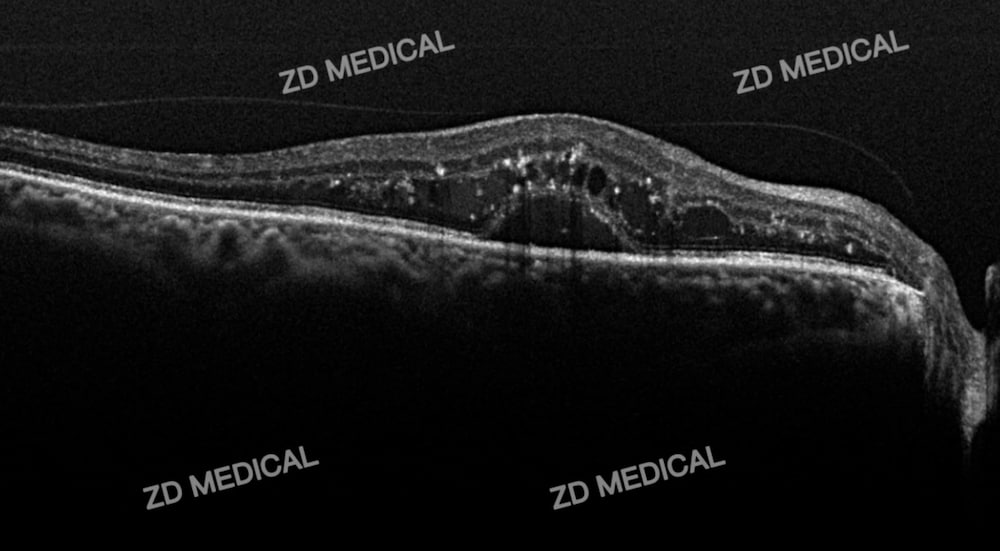
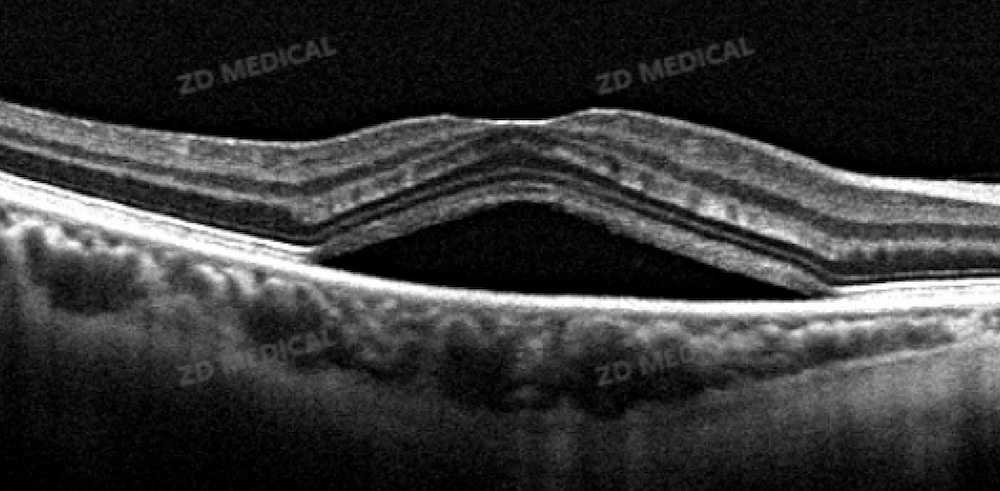
Technology for Good: From Diagnostic Devices to the Construction of a Blindness Prevention Ecosystem
The mission of ZD Medical is not only to provide hardware equipment, but also to build an integrated blindness prevention system of "prevention - diagnosis - management". We have collaborated with multiple hospitals to carry out the "Grassroots Retinal Disease Screening Program", using OCT equipment to reach communities and rural areas, enabling patients in remote regions to also enjoy precise diagnostic services. Meanwhile, the remote film reading function of the software platform has broken through geographical restrictions, enabling high-quality medical resources to flow efficiently.
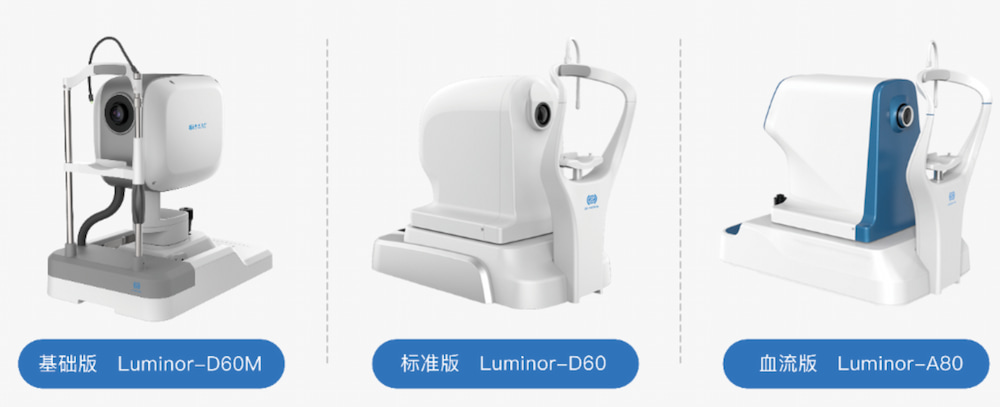
Take responsibility as the tripod: Build the line of defense of light into every inch of land
The significance of the International Day of the Blind lies not only in caring for those who have lost their sight, but also in safeguarding the visual health that still exists. "Leading with technology and safeguarding light", the value of OCT has never been limited to precise imaging; rather, it lies in making the concept of "early detection and early intervention" for blindness prevention take root through the popularization of technology. On this International Day of the Blind, we firmly believe that when every ZD Medical OCT device starts to operate, it is blocking the darkness for a family. When every precise report is generated, it is lighting up hope for patients! The protection of light is never an accidental stroke of luck, but an answer jointly written by technology and responsibility. Zhiding Medical will continue to take technological innovation as its pen and clinical needs as its ink, and forge ahead firmly on the path of preventing blindness.
Also welcome to contact us, we are ZD Medical Inc.
Tel : +86-187 9586 9515
Email : sales@zd-med.com
Whatsapp/Mobile : +86-187 9586 9515
